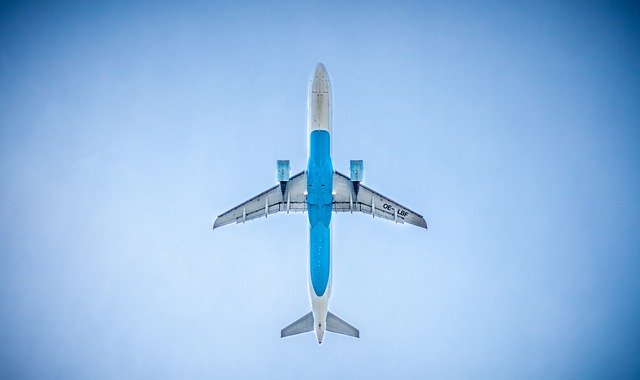
915 million metric tons of CO2 was produced by aviation in 2019
Since December, when first COVID-19 infected patient-reported, a lot of news, facts, stats, reports, etc. started coming out. We heard how GDP is going to fall, how the economy is shrinking, how companies are cutting down the staff, and how pollution is moderating. As the coronavirus spread, countries restricted various activities. Several countries even went to a complete lockdown to curb the pandemic transition. More than half of the world is under restrictions and has banned activities, including moving out of the houses. Airports are shut, and vehicles are stranded, and due to the low usage of fossil fuels, we can breathe much cleaner air. But have you wondered how much CO2 emission we actually saved by not flying and driving our cars out? Well, we saved enough of the CO2 that a small country or big cities like New York produces in a year.
Read more: How lockdown has impacted non-migrant poor workers in New Delhi, A study
How much co2 is saved by air travel restriction?
Estimated, there are more than 23,000 airplanes operating, and the number would go double by 2040. In 2019, aviation produced 915 million tonnes of CO2. Reminding you that it was actually produced by 4.5 billion passengers (more than half of the world population). A long haul flight (London to New York, for example) generates about 0.70 tonnes of carbon dioxide per passenger. As many as 100,000 flights take off and land every day, but coronavirus brought the number as low as to 50 percent down.
As per the data by Statista, the global fuel consumption by aviation in 2019 was 96 billion gallons. A Boeing 747 burns about 12-liter fuel per kilometer. And one-liter petrol produces about 2.3 kg of co2. Countries such as India set a complete ban on air travel, which saved plenty of fuel and co2 emission. It has been a month since all the domestic and international flights are standstill in India. In 2017-18, the Indian air traffic was 2,32,5000 (1,93,750 a month). This is how much fuel combustion and co2 emission India saved by air travel restriction.
Read more: Lockdown Consequences: The Retail Industry Might Not Look Same post lockdown
How much co2 was saved by other restrictions?
An estimated, there are about 1.4 billion cars on the road, which can go up by 2 billion by 2035 (even early). Lockdown in countries like China and India made a massive amount of vehicle co2 emission drop. An average, a mid-size car emits about 400 grams CO2 per mile and China has nearly 260,000,000 cars on the road.
Due to the lockdown, China managed to avoid about 18 percent of carbon emission from February to mid-March, which is equal to some 250 million metric tons. And that is more than half the UK emits in a year. China alone produced 9.43 billion metric tons of carbon dioxide in 2018 (about 28 percent of the world’s share), whereas the USA produced 5.15 billion metric tons, and India produced 2.42 billion metric tons. However, countries started lifting the restrictions and accelerated industrial production again. The carbon emission will soon reach to the previous levels, but this few weeks lockdown brought the co2 level historically low.
Have a news story, an interesting write-up or simply a suggestion? Write to us at info@oneworldnews.com








